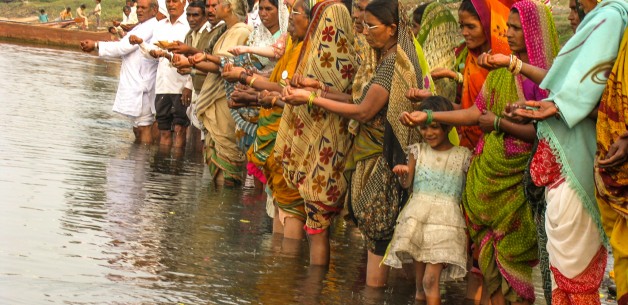This post is also available in: Spanish
Last month, the World Bank Inspection Panel completed 20 years. The Panel is an independent recourse mechanism for people and communities who believe they have been, or are likely to be, adversely affected by a Bank-funded project.
On September 26, BIC, along with the Center for International Environmental Law and World Wildlife Fund, hosted an event to commemorate the occasion. The event also acknowledged the tenth annual meeting of independent accountability mechanisms, which came about as a result of the panel’s launch. Democratic House Leader Nancy Pelosi, Inspection Panel Chair Eimi Watanabe, and the Bank’s Vice President and Compliance Advisor Ombudsman Meg Taylor all spoke.
“We were thrilled to honor the monumental anniversary of the World Bank’s Inspection Panel,” said BIC Executive Director Chad Dobson. “It served as a precursor to all of these mechanisms and its importance cannot be understated.”
Though the 20 years in itself is an impressive feat, it belies the longwinded and often tumultuous process that led to the panel’s inception. It was a result of a prolonged and consistent demand of people across the globe who fought against the negative impacts of the World Bank-funded projects. Of particular significance was the people’s struggle against the Sardar Sarovar (Narmada) dam, the Narmada Bachao Andolan (Save Narmada Movement), which questioned the heavily veiled and unaccountable lending of $300 million by the Bank in 1985, two years before the Ministry of Environment and Forest gave environmental clearance for the dam.
Because of the persistent demand by the affected population and their allies world-over, the Bank was forced to set up an Independent Review committee (Morse Committee) to review the project in 1991. After a year-long investigation, the committee published its findings, which was highly critical of the World Bank, identifying failures over a range of resettlement and rehabilitation, and environmental matters. They recommended that “the wisest course would be for the Bank to step back from the projects and consider them afresh”. However, the Bank reassured the government of India it would continue support if they met benchmarks for reform within a timeframe.
Organizations across the globe mounted pressure on the World Bank to withdraw funding from Narmada dam, or face a campaign to cut government funding to the Bank. An open letter to World Bank President Lewis Preston, endorsed by 250 NGOs and coalitions from 37 countries, was published prominently, demanding the Bank’s immediate withdrawal.
The Indian government was never able to meet the guidelines set by the Bank and cancelled the remaining loans a few days before the deadline set by the Bank. While it saved face for the Indian government, it duly helped the Bank withdraw from the funding. The Morse Committee marked the first occasion in Bank history that it reviewed any of its projects in this manner. Narmada dam was the first case where the Bank was forced to withdraw.
Organizations continued demanding accountability from the Bank, asking to make the independent committee a permanent institution. Finally, in 1993, the Board of Executive Directors conceded to the demand and set up the Inspection Panel.
Over the past two decades, the Panel received 85 complaints from communities, looking at inadequate environmental assessment, involuntary resettlement, and violation of indigenous peoples’ right, among other issues.

